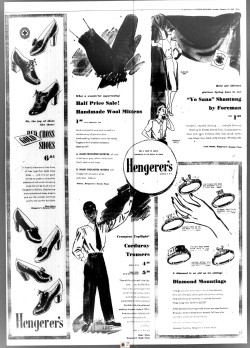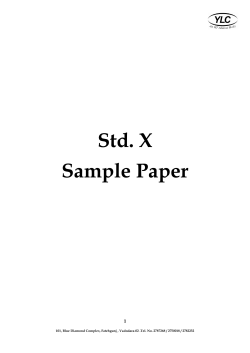
Carbon
Carbon Allotropes • Carbon can bond with itself in at least three different ways giving us 3 different materials – Diamond – Graphite – Buckyballs and nanotubes Diamond • Carbons are bonded via sp3 hybridization to 4 other carbon atoms forming a giant network covalent compound. Properties of Diamond • High melting point due to strong directional covalent bonds (3550 C) • Extremely hard because it is difficult to break atoms apart or move them in relation to one another • No electrical conductivity because electrons are localized in specific bonds • Insoluble in polar and non-polar solvents because molecular bonds are stronger than any intermolecular forces Graphite • Carbon atoms are bonded via sp2 hybridization. • Carbon atoms form sheets of six sided rings with p-orbitals perpendicular from plane of ring. Graphite Structure • Carbon has 4 valence e- to bond with. 3 are used for closest atoms in rings. 1 is delocalized in porbitals • The presence of porbitals allows for strong van der waals forces that hold the sheets together Properties of Graphite • Different from Diamond – Conducts electricity because of delocalized electrons – Slippery can be used as lubricant, sheets can easily slip past each other (think of a deck of cards) • Same as Diamond – High melting point (higher actually because of delocalized e-, 3653C) – Insoluble (same reason) Fullerenes • Buckyballs: spherical • Nanotubes: tube shaped • Both have very interesting properties – Super strong – Conduct electricity and heat with low resistance – Free radical scavenger Buckyballs • Carbon atoms bond in units of 60 atoms (C-60) forming a structure similar to a soccerball with interlocking six sided and five sided rings. • sp2 hybridization • Extra p-orbitals form pi bonds resulting in – Electrical conductivity – Stronger covalent bonds, therefore stronger materials
© Copyright 2025





















